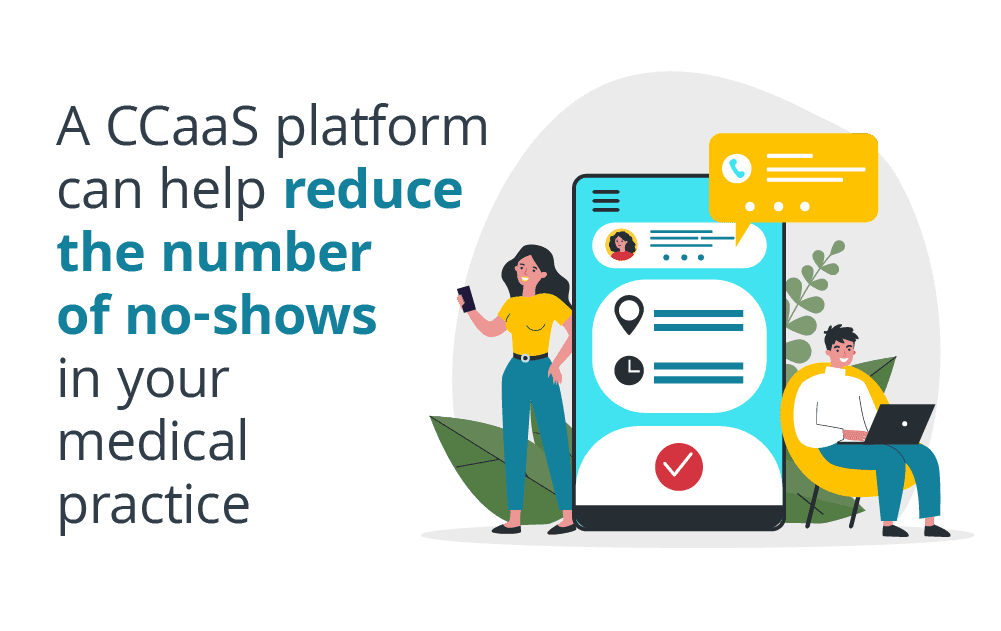Anyone running a medical practice knows that one of the biggest challenges is getting patients to show up for their appointments. According to the Journal of Family Medicine and Disease Prevention, patients miss nearly one-third of their doctor’s appointments, and 37 percent of these no-shows occur because the patient forgot and didn’t receive a reminder from the doctor’s office.
Staffing Concerns Contribute to Missed Appointments
The Journal of Family Medicine and Disease Prevention estimates that missed appointments cost the healthcare system more than $150 billion every year. As a medical practice administrator, you might think the industry-wide staffing shortage affects your no-show rate — and you may be right.
The pandemic impacted almost every industry, but the healthcare industry took a gut punch. According to a U.S. News & World Report, 1.5 million healthcare jobs were lost in the first few months of the pandemic. While many of those jobs have returned, employment levels in healthcare remain significantly below pre-pandemic levels. The strain of being short-staffed is stronger than ever now that chronic illnesses are on the rise, causing more patients to seek medical care. Healthcare offices are buckling under the pressure, and administrative tasks like reminder calls are often on the back burner.
Your Contact Methods May Affect No-Show Rates
Many medical practices still use traditional methods for reminder calls: employees pick up the phone, dial the number, wait for someone to pick up, leave a voicemail, and repeat the process for the next patient. This process is time-consuming and rarely generates results, so healthcare employees often try reaching patients using outdated methods like mail and email.
- Mailing appointment reminders lacks efficiency and affordability. Postage rates have gone up 20 percent in the last five years, not to mention it is time-consuming and laborious to design, print, label, stamp, and drop off mail at the post office.
- Emailing patients is relatively easy and inexpensive, but it’s becoming ineffective. A study by Influencer Marketing Hub found that less than 22 percent of emails from health providers are opened, meaning that email reminders only reach one in four patients.
Contact Center Solutions Help Get Patients to Their Appointments
With healthcare workers feeling overworked because of the staffing shortage, calling, emailing, and mailing appointment reminders can easily become less of a priority. You can solve this by investing in a contact center solution.
GoContact is a contact center as a service (CCaaS) solution from Broadvoice that enables medical providers to reach their patients on a variety of channels, including voice, email, chat, Facebook, WhatsApp, and more. This cloud based contact center solution can even help with patient follow-up thanks to automated dialing, conveniently integrated patient records, and easy call logging.
GoContact can personalize and automate your outreach efforts, optimize the appointment reminder process, get more patients to show up for their appointments, reduce costs associated with missed appointments, and improve the profitability of your medical practice.
With a CCaaS solution like GoContact, your medical practice can:
- Save time with the help of automated dialing, Agent Assist scripting, and omnichannel capabilities.
- Save money by eliminating the need to print reminders, pay for postage, and pay employees overtime to follow up with patients.
- Improve your employee and patient experience by streamlining the appointment reminder process.
Contact us to learn how Broadvoice can help your medical practice reduce your no-show rate with GoContact.








